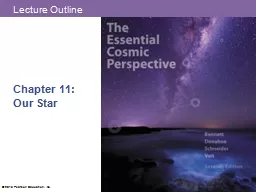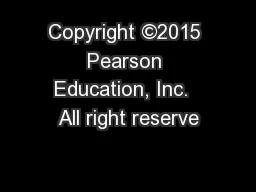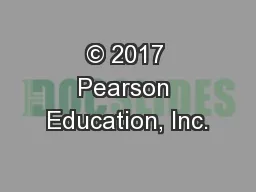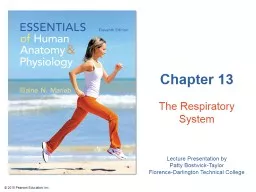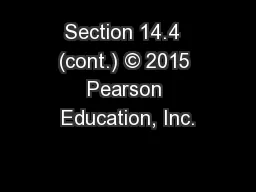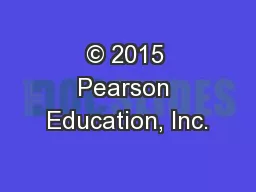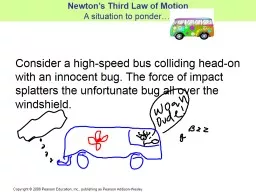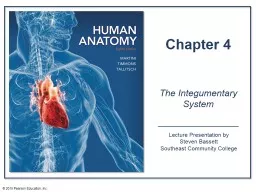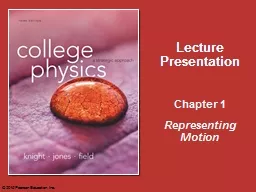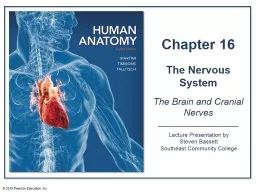PPT-Chapter 11: Our Star © 2015 Pearson Education, Inc.
Author : myesha-ticknor | Published Date : 2018-11-09
111 A Closer Look at the Sun Our goals for learning Why does the Sun shine What is the Sun s structure 2015 Pearson Education Inc Why does the Sun shine 2015
Presentation Embed Code
Download Presentation
Download Presentation The PPT/PDF document "Chapter 11: Our Star © 2015 Pearson Ed..." is the property of its rightful owner. Permission is granted to download and print the materials on this website for personal, non-commercial use only, and to display it on your personal computer provided you do not modify the materials and that you retain all copyright notices contained in the materials. By downloading content from our website, you accept the terms of this agreement.
Chapter 11: Our Star © 2015 Pearson Education, Inc.: Transcript
Download Rules Of Document
"Chapter 11: Our Star © 2015 Pearson Education, Inc."The content belongs to its owner. You may download and print it for personal use, without modification, and keep all copyright notices. By downloading, you agree to these terms.
Related Documents

